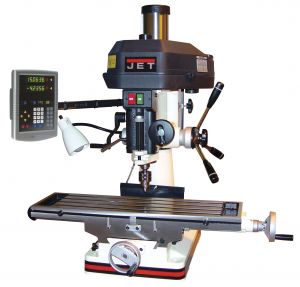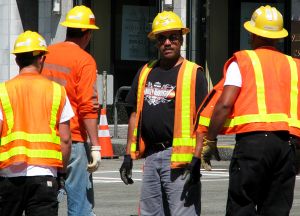Massachusetts workers take note; there has been a recent study conducted that sheds new light on the frequency and prevention of amputation injuries in the workplace.
Amputations are one of the most severe and debilitating types of workplace injuries. A moment’s inattention or single misstep, as well as defective or unguarded mechanical equipment can lead to irreparable damage of a limb and result in permanent disability or even the end of a career.
According to the Minnesota Department of Health, there were 5,280 non-fatal amputations in the United States (a rate of 6 per every 100,000 workers); the lowest ever recorded. The greatest number of incidences occurred in 2005, with 8,450 non-fatal amputations. The majority of these types of workplace injuries occur in manufacturing plants and more than 50% occur in construction, agriculture, wholesale and retail trade, and service industries, collectively. Not surprisingly, about 96% of amputations involve loss of a finger.
The U.S. Bureau of Labor Statistics recognized four types of hazardous exposures that can cause amputation including: machinery and workplace equipment, parts or materials that may collapse on and crush a worker, motor vehicles including forklifts and tractors, and hand tools. While this Minnesota study was national, the findings and information relate to all Massachusetts workplace employees.
Types of Hazardous Machines
Some of the most common machines that pose amputation hazards include:
• Mechanical power presses • Powered and non-powered conveyor belts • Printing presses • Roll-forming/bending machines • Sheering machines • Food slicers • Meat-cutting saws • Drill presses • Milling machines
• Grinding machines • Slitters Continue reading
 Massachusetts Workers' Compensation Lawyer Blog
Massachusetts Workers' Compensation Lawyer Blog













